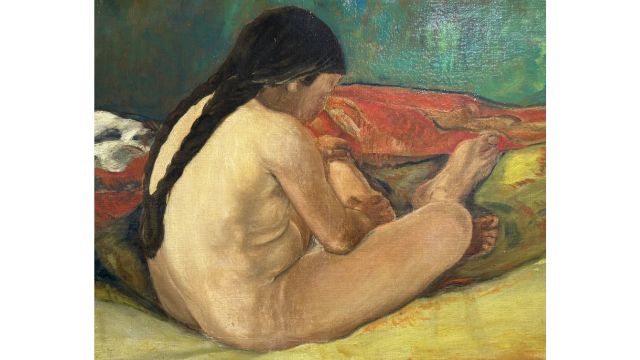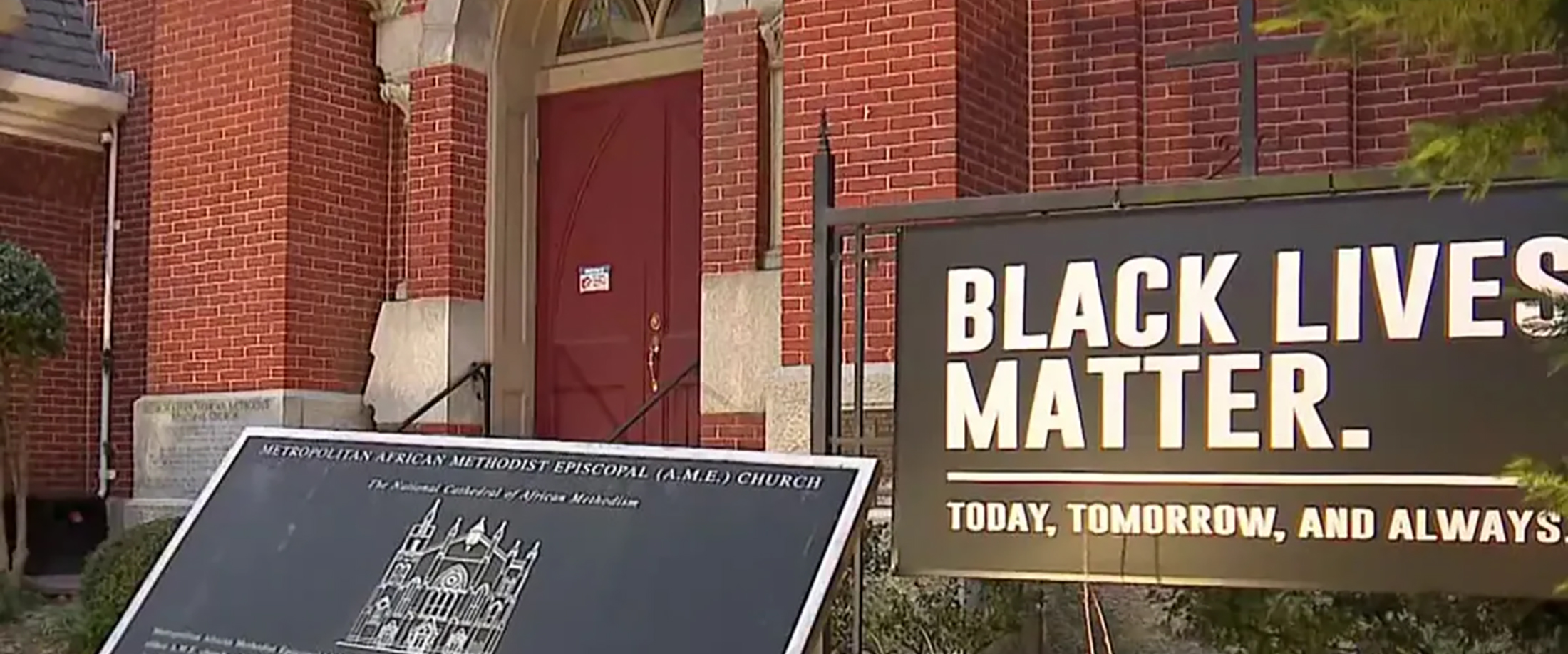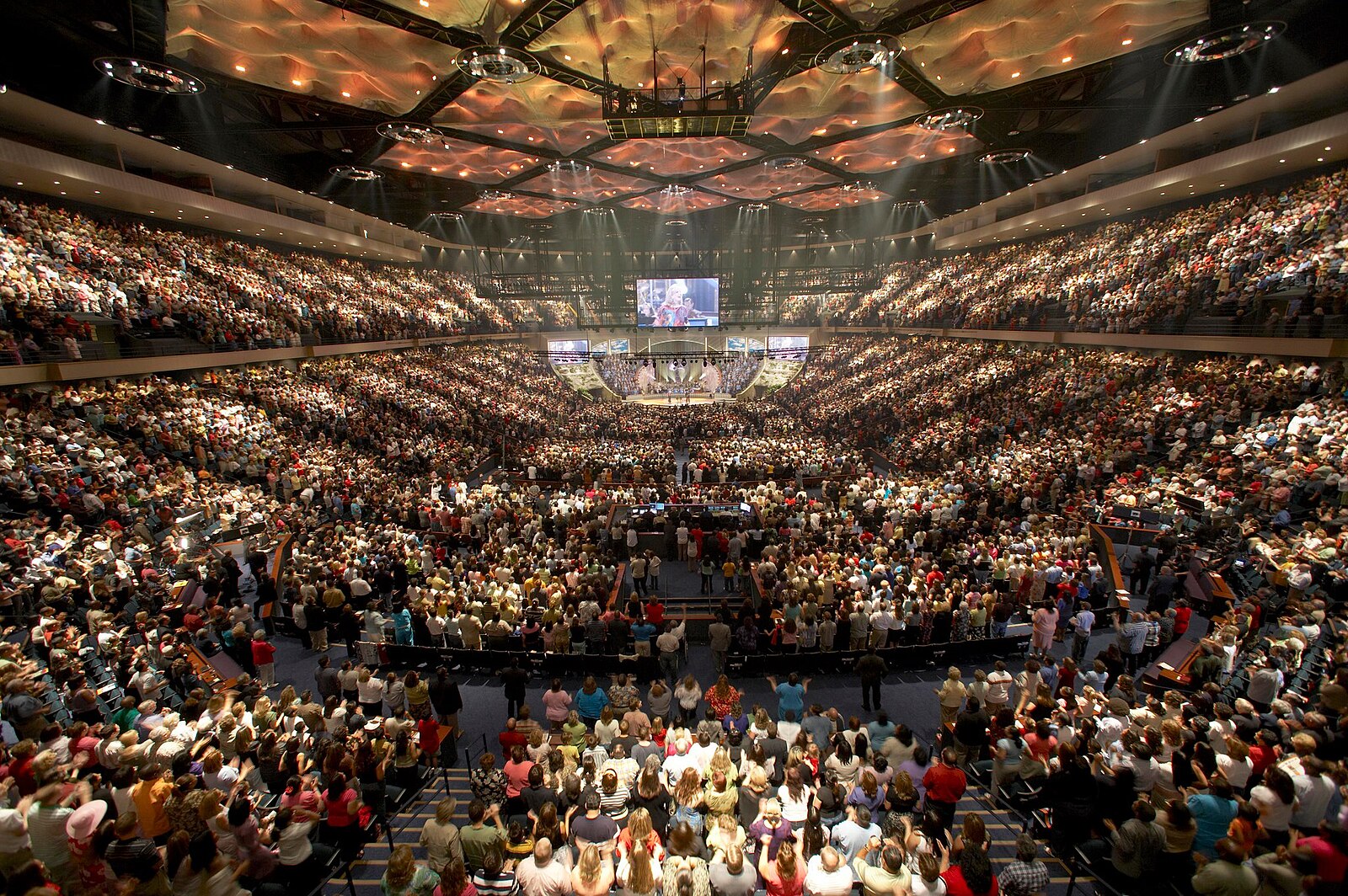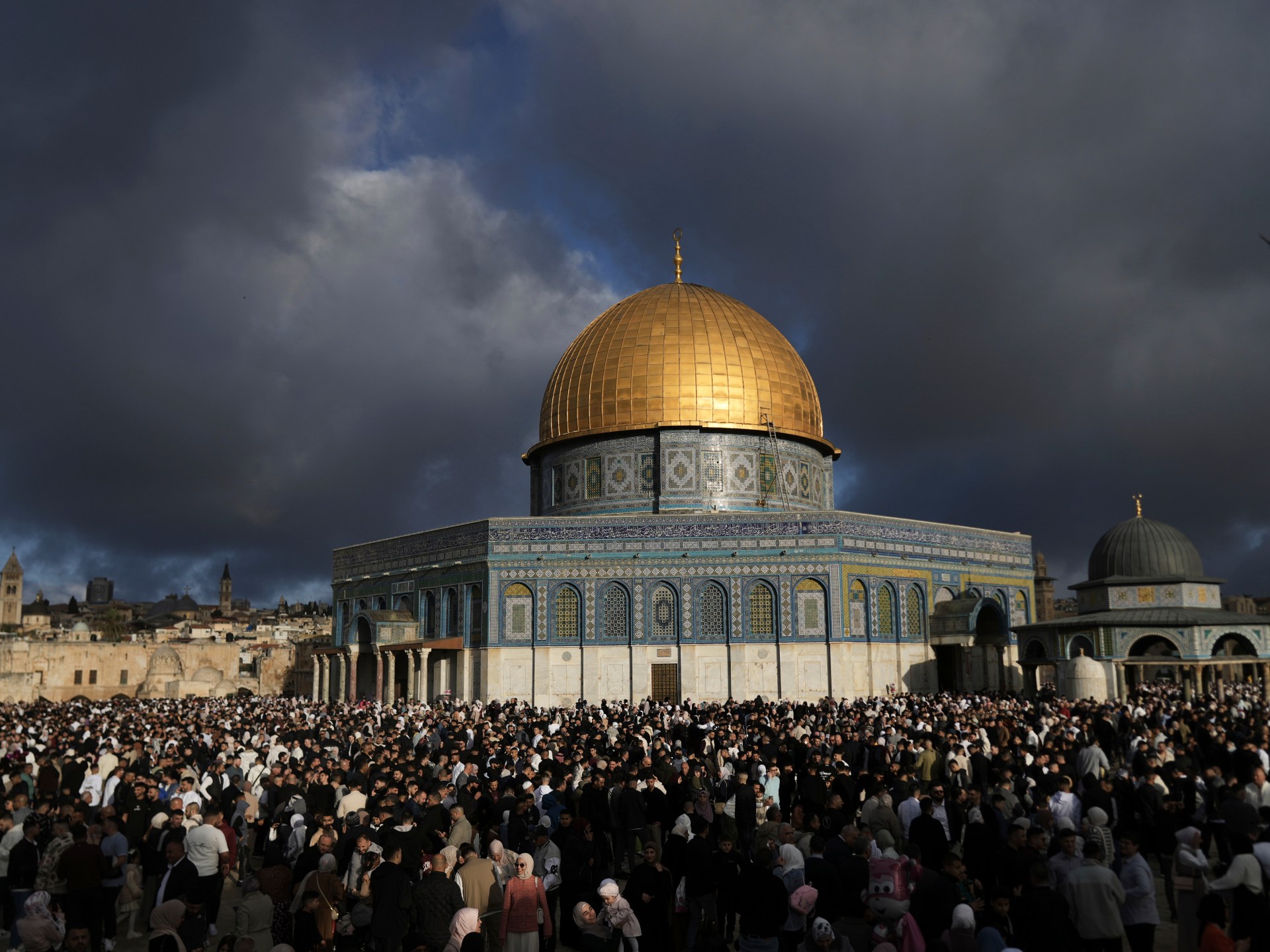Spiritual Crossroads: How Gauguin's Art Unveiled Hidden Mystical Connections
Religion
2025-03-29 01:50:00Content

The artistic and philosophical landscape of Paul Gauguin's worldview is a complex tapestry woven from multiple spiritual and mystical threads. While some scholars passionately argue that Theosophy was the cornerstone of his intellectual framework, the reality is far more nuanced. Alongside Theosophy, the profound mystical writings of Emanuel Swedenborg and the comparative spiritual insights of Gerald Massey played equally significant roles in shaping Gauguin's unique perspective on art, spirituality, and human existence.
These diverse influences converged to create a rich, multidimensional understanding that went beyond traditional Western philosophical boundaries, ultimately informing Gauguin's revolutionary approach to art and cultural interpretation.
Unraveling the Artistic Tapestry: Gauguin's Philosophical Odyssey
In the intricate world of artistic expression, few figures have captivated scholars and art enthusiasts quite like Paul Gauguin. His creative journey transcends mere visual representation, delving deep into philosophical landscapes that challenge conventional understanding of art, spirituality, and human perception.Exploring the Mystical Roots of Artistic Genius
The Philosophical Foundations of Gauguin's Artistic Vision
Gauguin's artistic worldview emerged from a complex intellectual tapestry that defied simple categorization. Unlike many of his contemporaries, he sought to integrate multiple philosophical traditions into his creative process, drawing from esoteric knowledge that extended far beyond traditional artistic boundaries. The intersection of spiritual thought and visual expression became a hallmark of his unique approach to art and understanding. Scholars have long debated the intricate philosophical underpinnings of Gauguin's work, recognizing that his creative vision was not merely a product of visual inspiration but a profound exploration of metaphysical concepts. Theosophy played a significant role in shaping his intellectual landscape, providing a framework that allowed him to transcend conventional artistic limitations and explore deeper realms of human experience.Spiritual Influences and Intellectual Crossroads
The artistic journey of Gauguin represents a remarkable convergence of multiple spiritual and philosophical traditions. While Theosophy was undoubtedly influential, other intellectual currents equally shaped his perspective. Emanuel Swedenborg's mystical writings and Gerald Massey's comparative spiritual studies provided additional layers of complexity to his philosophical understanding. These diverse influences created a rich intellectual ecosystem that informed Gauguin's artistic expression. He was not content with surface-level representations but sought to penetrate the deeper mysteries of human existence through his art. Each brushstroke became a philosophical statement, each color a metaphysical exploration that challenged viewers to look beyond the immediate visual experience.The Comparative Landscape of Spiritual Thought
Gauguin's intellectual journey was characterized by an insatiable curiosity about spiritual and philosophical systems. Unlike many artists of his time, he did not confine himself to a single philosophical tradition. Instead, he created a dynamic intellectual framework that drew from Theosophy, Swedenborgianism, and comparative spiritual studies. The complexity of his approach meant that his art became a form of philosophical dialogue. Each painting was not just a visual representation but a nuanced conversation about human consciousness, spiritual experience, and the interconnectedness of different philosophical traditions. This multifaceted approach set him apart from his contemporaries and continues to intrigue scholars and art enthusiasts today.Transcending Artistic and Philosophical Boundaries
Gauguin's work represents a profound challenge to traditional categorizations of art and philosophy. By integrating diverse spiritual and intellectual traditions, he created a unique artistic language that defied simple interpretation. His paintings became portals into alternative ways of perceiving reality, inviting viewers to question their fundamental understanding of existence. The richness of his philosophical exploration extended beyond mere intellectual exercise. It was a lived experience that transformed his art into a deeply personal yet universally resonant form of expression. Each canvas became a testament to the complex interplay between individual perception and broader spiritual understanding.Legacy of a Philosophical Artist
The enduring significance of Gauguin's work lies in its ability to challenge and expand our understanding of artistic and philosophical boundaries. His legacy is not confined to the visual arts but extends into the realm of intellectual and spiritual exploration. By refusing to be constrained by conventional thinking, he opened up new pathways for understanding the relationship between creativity, spirituality, and human consciousness. Scholars continue to unravel the complex philosophical threads that define Gauguin's artistic vision, recognizing that his work represents far more than a historical artistic moment. It is a profound invitation to explore the deeper dimensions of human experience, transcending time and cultural boundaries.RELATED NEWS
Religion

Inside Laura Prepon's Divorce: Custody, Alimony, and Faith Negotiations Revealed
2025-04-21 20:16:22
Religion

Breaking Barriers: New Book Unveils the Untold Spiritual Struggles of Black Americans
2025-03-04 02:45:57
Religion

Community Transformation: St. Thomas the Apostle Unveils Ambitious Parish Hall Project
2025-03-06 17:04:00





